Coronavirus Australia: Countdown to a revolutionary decision on $130bn wage subsidy scheme
Four businessman provided crucial advice as the principles for the $130bn wage subsidy scheme were settled in the PM’s office.
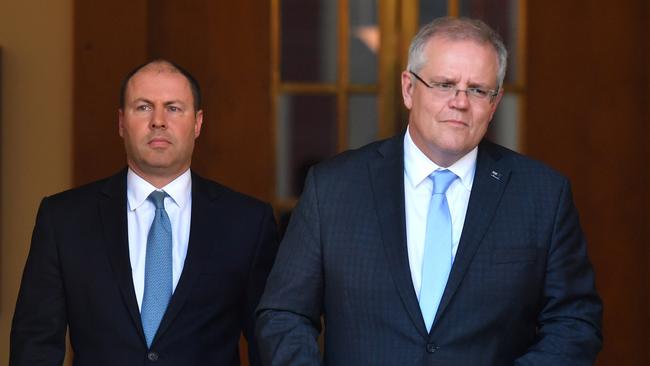
The principles for the $130bn wage subsidy scheme were settled on the evening of Thursday, March 26, in Scott Morrison’s office over dinner.
The Prime Minister, Josh Frydenberg and Finance Minister Mathias Cormann were in the room; Treasury secretary Steven Kennedy and deputy Jenny Wilkinson attended by screen.
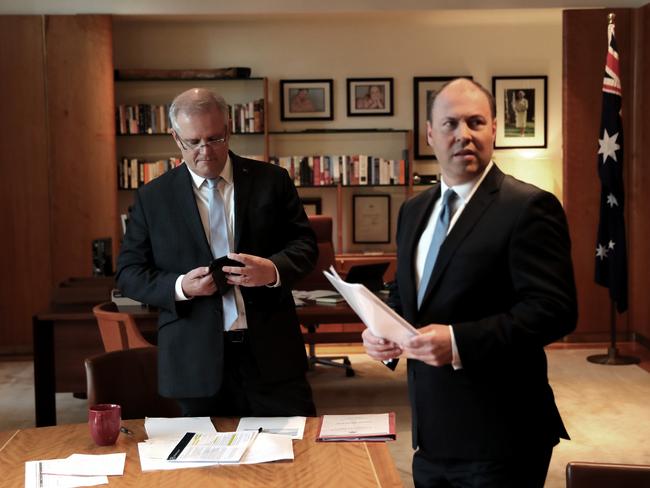
These were the key engine room decision-makers behind the historic decision, along with the Australian Taxation Office.
That night they canvassed possible approaches and designs but agreed on the basics: an Australian scheme had to be targeted, temporary and use existing mechanisms.
The determination of all involved was to establish an Australian scheme designed for Australian society and using existing payment systems so that time was not lost establishing a new process that could fail.
The Treasury had been assessing such schemes for several days but consideration of the wage subsidy package began “in earnest” after the second stimulus package had been announced. It was in keeping with Morrison’s agenda of first setting up a safety net before moving to the broader economy-saving measures.
Morrison and the Treasurer were fully aware of the deficiencies of British Prime Minister Boris Johnson’s scheme. On March 21, the day before the second fiscal package was announced, Treasury had given Frydenberg a brief on the UK wage subsidy that explained its design and limitations.
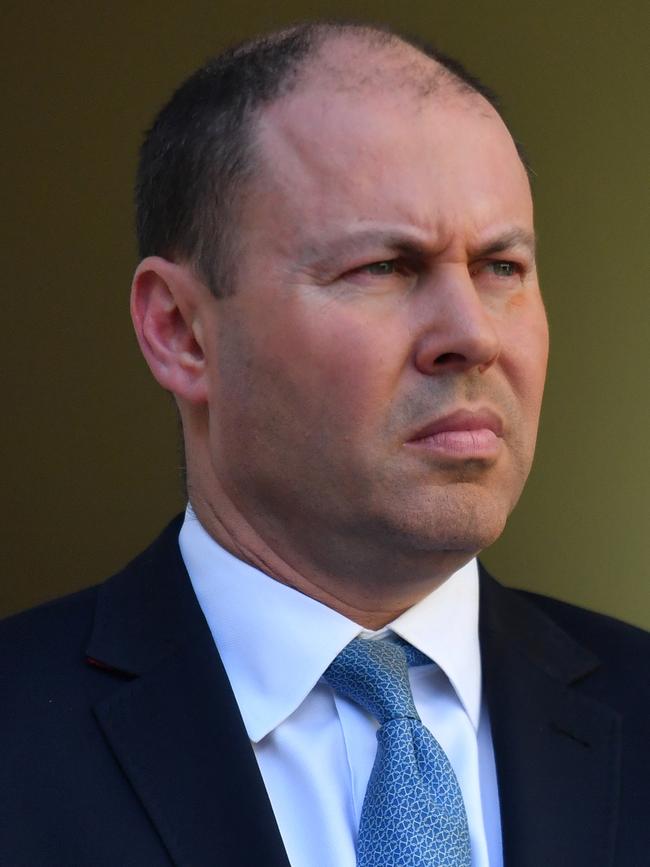
In particular, Treasury said it was restricted to people who were already stood down and therefore would have a limited impact on economic activity. At that point, the British scheme also excluded sole traders. When Morrison and Frydenberg outlined their second package, they foreshadowed further action was coming.
Anthony Albanese and his Labor colleagues and union leaders were publicly demanding a British-style wage subsidy, providing up to 80 per cent of a worker’s wages before they were laid off, while Morrison was insisting it was dangerous to “dream up” a new system during a crisis.
The experience of the Treasury secretary was vital to the formulation of the scheme. Kennedy had been seconded to Kevin Rudd’s prime ministerial office during the global financial crisis and appreciated the necessity of avoiding the creation of new systems beyond the federal government’s experience and capabilities.
Those at the dinner meeting on March 26 knew that for the “hibernation” strategy to work, they needed to provide more support for the link between employees and businesses based on wage levels. Morrison and Frydenberg had decided it was “absolutely critical” to decrease the cost for businesses of keeping people employed. Before the government settled on its own scheme, it knew what it wasn’t doing: it wouldn’t embrace the UK model. Morrison was emphatic about that.
After the Thursday night meeting, Frydenberg spoke with four senior business figures: the chief executive of JB Hi-Fi Richard Murray with 12,000 employees; chief executive of Wesfarmers Rob Scott with more than 100,000 employees; Justin Hemmes, who runs the Merivale group with 3000 employees and Solomon Lew, who has 12,000 employees.
These were separate conversations but they had a significant impact on Frydenberg.

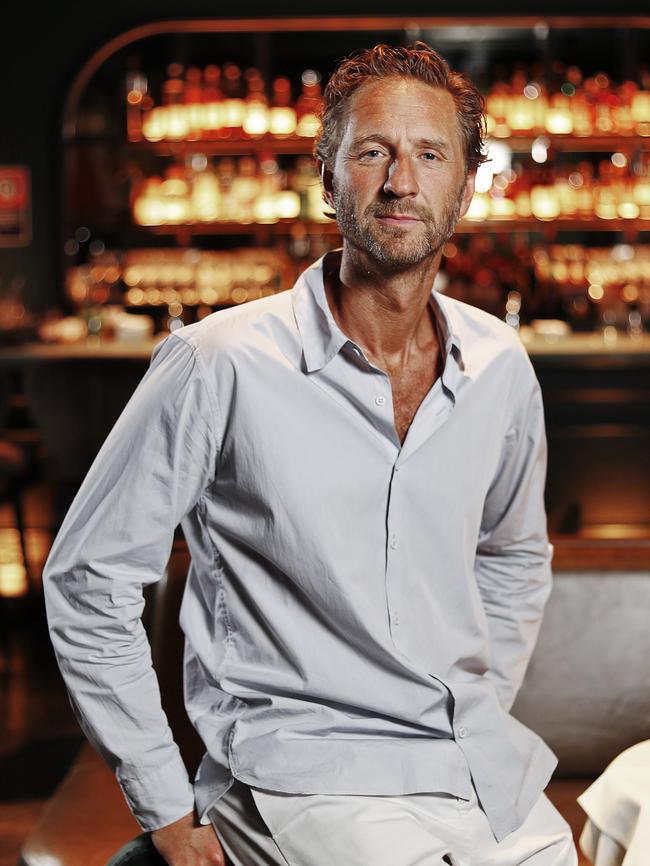
The message from these employers was they would get to the other side of the coronavirus but some of them felt they had no alternative but to stand down staff. They all preferred to keep their staff on the payroll rather than send them to Centrelink.
They told the Treasurer they could use their payroll systems to offer government support to their employees.
Morrison was also committed to an “equitable” system of wage subsidy. He was determined to introduce a flat payment to all those whose jobs had been lost, regardless of income at the time of the job loss or business going into the deep freeze so they could be thawed-out more easily when the virus crisis had past.
It was also recognised that the labour movement needed to be brought into the plan to ensure a general acceptance of the specific wage subsidy and a guaranteed political endorsement.
Three weeks before, Morrison recruited former ACTU boss and Rudd government minister Greg Combet — who had to clean up the mess of the pink batts subsidy scheme during the GFC — to work with Christian Porter as Workplace Relations Minister and the union movement.
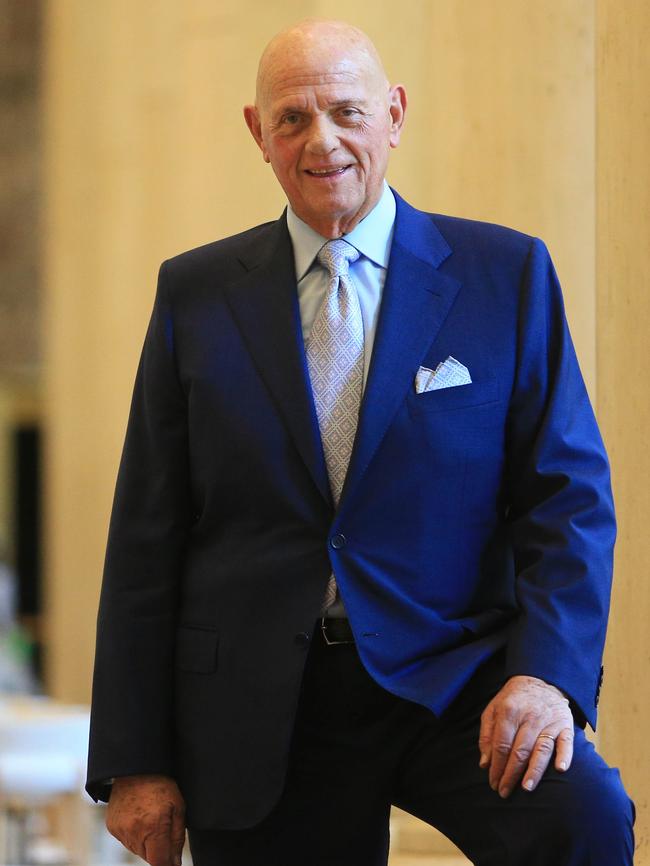

Combet’s role had initially been to work with Porter and the unions to ensure necessary flexibility was allowed to be put into awards so that retail workers and those in hospitality could continue to work as long as possible. Combet acted as a bridge between Morrison and Porter and the ACTU, facilitating teleconference meetings.
Once the $130bn JobKeeker package was nearing its final form, Combet was given the extra task of engaging with the ACTU and Porter on the wage subsidy and advocating the injection of liquidity into business to keep the economy going. Combet had known Sally McManus for 25 years.
Morrison was working simultaneously with the national cabinet, the leaders of all nine jurisdictions, and adjusting the “scalable” wage package to allow for tougher restrictions on movement the premiers were flagging.
Frydenberg also spoke with the head of the Business Council, Tim Reed, founder of MYOB, about using the existing payroll systems.
On Friday, the day after the meeting, Frydenberg had a call with the Treasury — he and Kennedy were now refining the scheme. He told Kennedy they needed to provide Morrison with a wage subsidy scheme that offered very substantial support. More work was done that day.
That night, Friday, March 27, Frydenberg took the proposal to Morrison with the plan to run the wage subsidy through the payroll systems. Initial costings had been done. They were updated by Treasury on Saturday. Treasury told Frydenberg they had conducted a productive discussion with the tax office and that the scheme could also apply to sole traders.
There was an expenditure review committee meeting on Sunday, with a conference call involving Tax Commissioner Chris Jordan, who said “we can deliver this”.
There was another ERC meeting on Monday morning followed by the final cabinet tick-off and the announcement at 4pm that day.
Referring to this sequence, Frydenberg said: “No doubt many people will crawl out of the woodwork to claim credit for the government’s JobKeeper payment. The truth is the policy was developed by the Prime Minister, myself and the Finance Minister, with the strong support of the Treasury secretary and other agencies.”
Morrison has not sought to claim credit for the idea or attack those who have said he “ridiculed” the idea of a wage subsidy. He has instead maintained that in all the work behind stimulus packages, there has been “no blue or red” in the discussions.

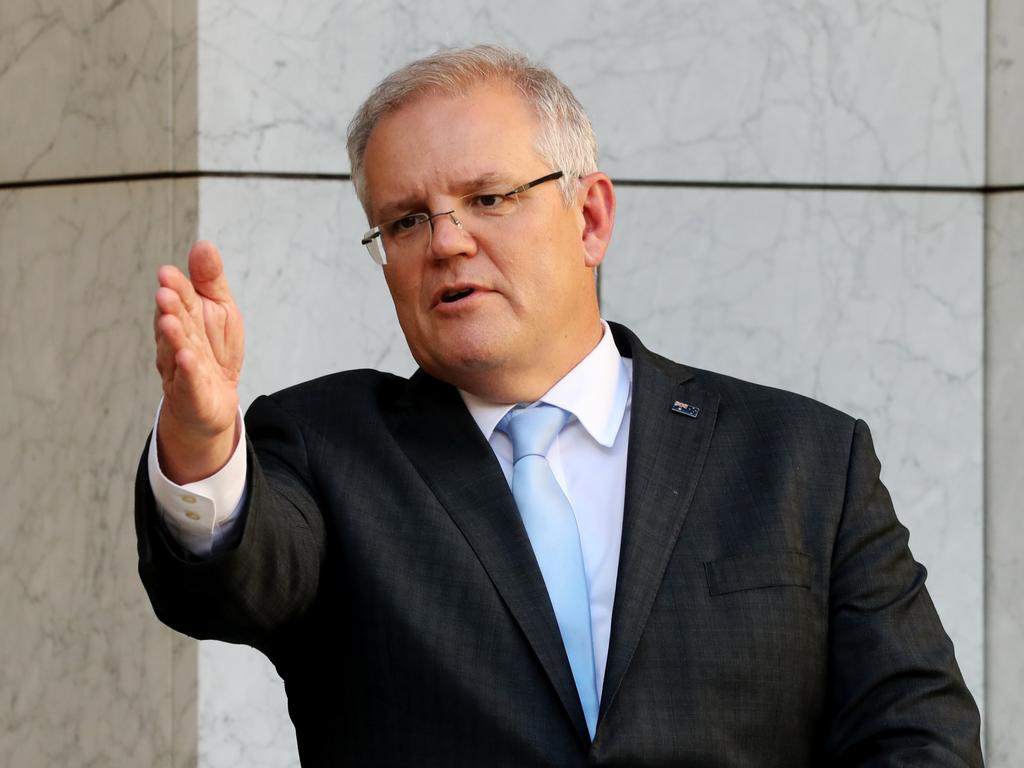



To join the conversation, please log in. Don't have an account? Register
Join the conversation, you are commenting as Logout